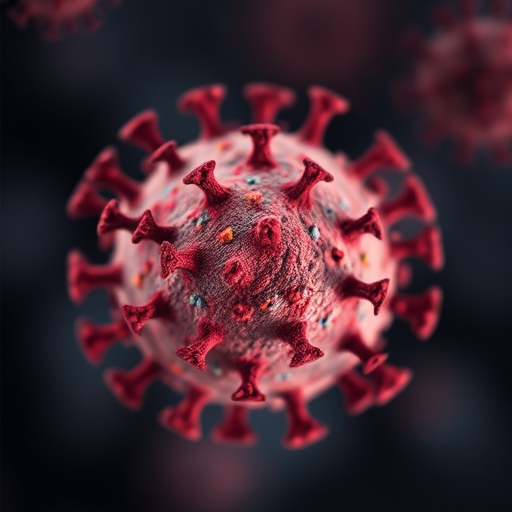Herpes Simplex Virus Type 2 (HSV-2)
Introduction Herpes Simplex Virus Type 2 (HSV-2) is primarily known as the cause of genital herpes, a sexually transmitted infection (STI) that affects millions of people worldwide. This article provides a comprehensive overview of HSV-2, including its transmission, symptoms, diagnosis, treatment, prevention strategies, and the psychological impact of living with the virus. What is Herpes Simplex Virus Type 2? HSV-2 is a member of the Herpesviridae family, which also includes several other herpes viruses. It is a double-stranded DNA virus that primarily targets the genital and anal areas but can also affect other parts of the body through various forms of contact. While HSV-2 and its counterpart, Herpes Simplex Virus Type 1 (HSV-1), can cause infections in both the oral and genital areas, HSV-2 is predominantly associated with genital infections. Once infected, the virus establishes a lifelong presence in the body, remaining dormant in nerve ganglia and potentially reactivating to cause outbreaks. Epidemiology Globally, HSV-2 is a common infection, with an estimated 11% of the population aged 15 to 49 years infected in the United States alone. The prevalence can be higher in certain populations, particularly among women and those with multiple sexual partners. Despite its prevalence, many people with HSV-2 are asymptomatic or unaware of their infection, allowing the virus to spread unknowingly. Transmission The primary mode of HSV-2 transmission is through direct skin-to-skin contact during sexual activity. Key aspects of HSV-2 transmission include: Factors that can increase the risk of infection include having multiple sexual partners, engaging in unprotected sex, and having a weakened immune system. Symptoms of HSV-2 Symptoms of HSV-2 can vary greatly between individuals. Some may never experience noticeable symptoms, while others may suffer from recurrent outbreaks. Understanding the typical signs and symptoms is crucial for recognition and management. Initial Infection The initial outbreak of HSV-2 often occurs within 2 to 12 days after exposure and may include: Recurrent Infection After the initial outbreak, HSV-2 becomes dormant within the nerve cells and may reactivate periodically. Recurrences are usually milder and shorter than the initial outbreak. Common symptoms during a recurrence include: Complications of HSV-2 While HSV-2 is generally manageable, it can lead to several complications, especially in certain populations: Diagnosis Diagnosing HSV-2 can involve a combination of clinical evaluation and laboratory tests. Key components of diagnosis include: Medical History A healthcare provider will assess the patient’s medical history, including any symptoms, sexual history, and potential exposure to the virus. Physical Examination A physical examination may reveal the presence of lesions or sores in the genital area, anus, or surrounding skin. Laboratory Tests Treatment Currently, there is no cure for HSV-2, but several treatment options can help manage symptoms, reduce the frequency of outbreaks, and minimize the risk of transmission. Antiviral Medications Antiviral therapy is the cornerstone of HSV-2 management. Commonly prescribed medications include: Treatment Approaches Symptomatic Relief In addition to antiviral medications, individuals may seek symptomatic relief through: Prevention Preventing HSV-2 infection involves a combination of safer sexual practices, education, and awareness. Here are key prevention strategies: Safe Sexual Practices Education and Awareness Psychological Support Living with HSV-2 Receiving an HSV-2 diagnosis can be overwhelming and impact an individual’s personal and social life. Here are some tips for navigating life with the virus: Managing Emotional Well-Being Maintaining Healthy Relationships Focus on Health Conclusion Herpes Simplex Virus Type 2 (HSV-2) is a common sexually transmitted infection that can have significant implications for an individual’s health and emotional well-being. By understanding HSV-2—its transmission, symptoms, diagnosis, treatment, and prevention—individuals can take proactive steps to manage their health and minimize the impact of the virus on their lives. Efforts to reduce stigma, promote awareness, and encourage education about HSV-2 are essential for creating a supportive environment for those affected. With proper management and lifestyle adjustments, individuals with HSV-2 can lead healthy, fulfilling lives while minimizing the risk of transmission to others. Understanding the realities of HSV-2, including both medical and emotional aspects, empowers individuals to take control of their health and navigate relationships with confidence.
